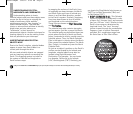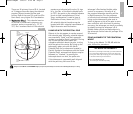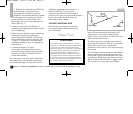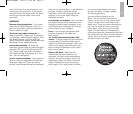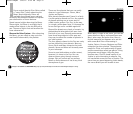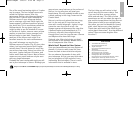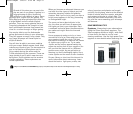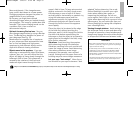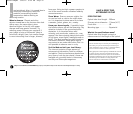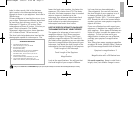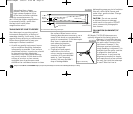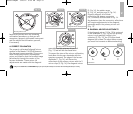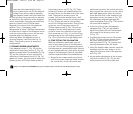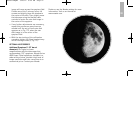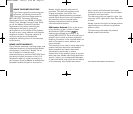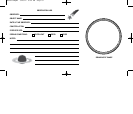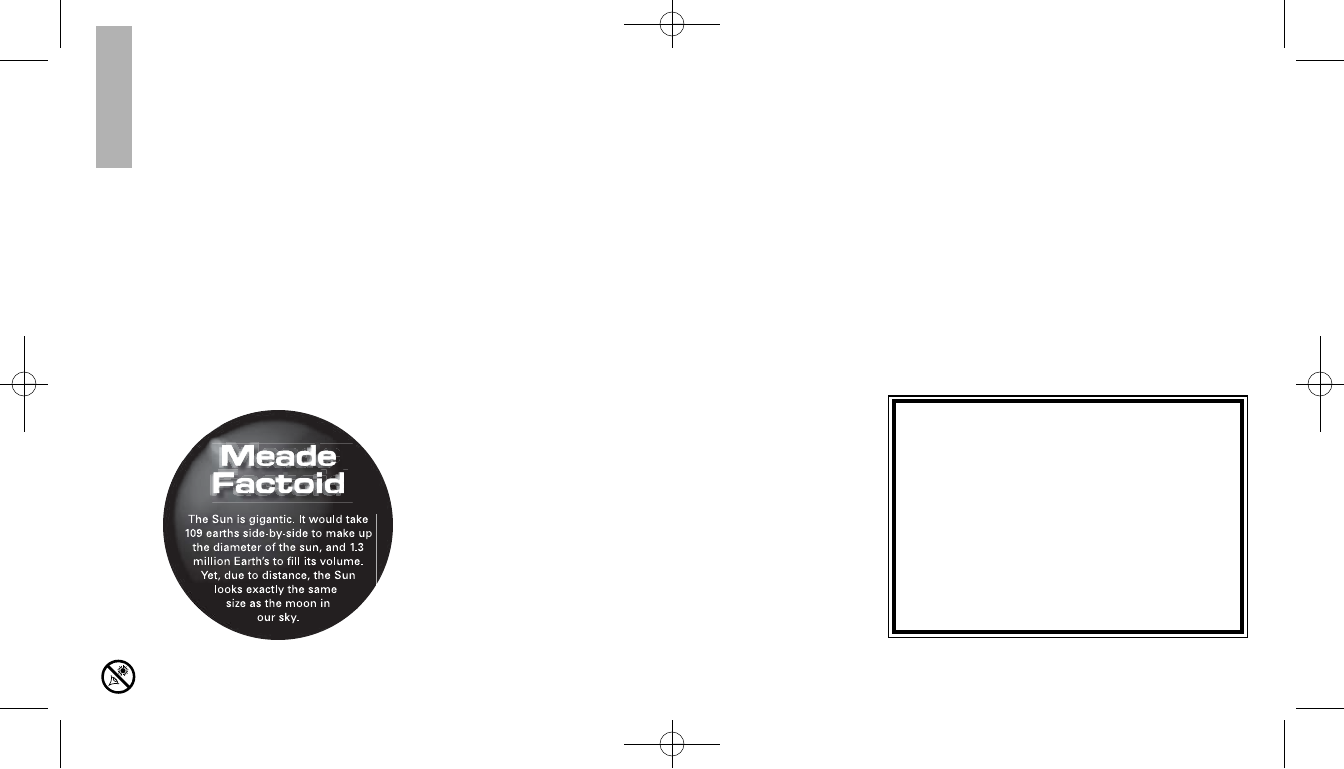
fuzzy one. Using too high a power eyepiece is
one of the most common mistakes made by
new astronomers.
Dress Warm: Even on summer nights, the
air can feel cool or cold as the night wears
on. It is important to dress warm or to have
a sweater, jacket, gloves, etc., nearby.
Know your observing site: If possible, know
the location where you will be observing. Pay
attention to holes in the ground and other
obstacles. Is it a location where wild
animals, such as skunks, snakes, etc., may
appear? Are there viewing obstructions such
as tall trees, street lights, headlights and so
forth? The best locations are dark locations,
the darker the better. Deep space objects
are easiest to see under dark skies. But it is
still possible to observe even in a city.
Surf the Web and visit your local library:
The internet contains a huge amount of
astronomical information, both for children
and adults. Check out astronomy books from
your library. Look for star charts—these are
available on a monthly basis in
Astronomy
and
Sky and Telescope
magazines.
HAVE A GOOD TIME,
ASTRONOMY IS FUN!
SPECIFICATIONS
Optical tube focal length. . 900mm
Primary mirror diameter . 114mm (4.5")
Focal ratio. . . . . . . . . . . . . . f/8
Mounting type. . . . . . . . . . . Equatorial
What do the specifications mean?
Optical tube focal length is simply a
measurement of the length of the optical
JOIN AN ASTRONOMY CLUB, ATTEND A STAR PARTY
One of the best ways to increase your knowledge of
astronomy is to join an astronomy club. Check your
local newspaper, school, library, or telescope dealer/
store to find out if there’s a club in your area.
Many groups also hold regularly scheduled Star Parties
at which you can check out and observe with many
different telescopes and other pieces of astronomical
equipment. Magazines such as
Sky and Telescope
and
Astronomy
print schedules for many popular Star
Parties around the United States and Canada.
and outside air. Also, it is a good idea to
allow your telescope to reach the
ambient (surrounding) outside
temperature before starting an
observing session.
When to observe: Planets and other
objects viewed low on the horizon often lack
sharp-ness—the same object, when
observed higher in the sky, will appear
sharper and have greater contrast. Try
reducing power (change your eyepiece) if
your image is fuzzy or shimmers. Keep in
mind that a bright, clear, but smaller image
is more interesting than a larger, dimmer,
14
Looking at or near the Sunwill cause irreversabledamage to your eye. Do not point this telescope at or near the Sun. Do not look through the telescope as it is moving.
Meade114EQAR 3/28/07 9:52 AM Page 16



